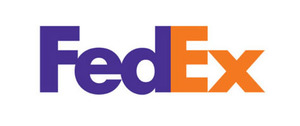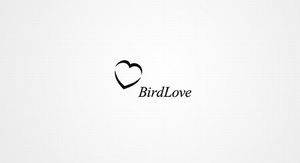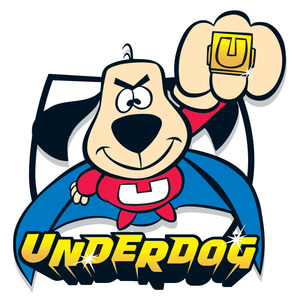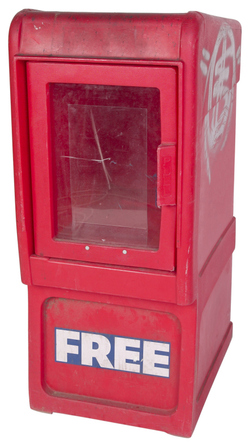Promote your community via crowdsourcing
July 3, 2011
As many of you know, Gavin Heaton and I co-edited the Age of Conversation series of books — each one crowdsourced with help from marketing and social media practitioners from all over the globe. Each book is as unique as the contributors but they all three had some things in common:
- The authors formed a community among themselves and I know for a fact that new business and personal relationships formed as a result.
- The book benefits from the many authors all promoting it to their own networks and spheres of influence.
- There is a healthy sense of competition among the authors — everyone wants their contribution to be deemed worthy when compared to the others.
We did it mostly as an experiment and a vehicle to raise money for some charities. But I think we were all astonished at the lasting value the books created far beyond the monies raised.
My agency, McLellan Marketing Group, took the same model and brought it to our community of Central Iowa (through our client BIZ-CI). Our goal in this case was to:
- Crowdsource a book that would spotlight all of the professional expertise that existed in our area
- Help fledgling businesses/entrepreneurs who couldn’t afford to buy the expertise have access to it
- Promote some of our community’s business leaders by name/firm
- Introduce our business community to companies that were considering a move to Central Iowa
- Create connections among the business leader/authors
So we invited local business leaders to each write a chapter related to their area of expertise for the book How Business Gets Done: Words of Wisdom by Central Iowa Experts.
38 experts in some aspect of starting/running a small business all offering best practice counsel as well as pointing to some of their favorite resources.
You can get a Kindle copy by clicking here*.
Peter Korchnak, out in Portland, Oregon put together a very similar book called Portland’s Bottom Line. But they added a very interesting twist.
Korchnak and his co-editor Megan Strand organized the book into 12 sections along the triple bottom line of People, Planet, and Prosperity. The book explores how small businesses can effectively and efficiently shift toward sustainability and thrive. 51 small-business people from the City of Roses shared their experiences with sustainability in their companies. “The Portland Bottom Line” demonstrates how small businesses can innovate to put people before profit, help restore the ecosystem, and prosper.
The book is also a community benefit project. Contributors collectively chose, by vote, the local community organization Mercy Corps Northwest, which supports the launch and growth of sustainable ventures, to receive 100% of profit from the book’s sales.
To check it out, click here*.
In all three examples, the authors are held up as professionals who have something relevant to share. It adds to their credibility and who doesn’t like to say they’re an author of a published book?
What I’d love for you to do is take a look at these examples and then apply the thinking you the communities you serve/participate in. It wouldn’t have to be a city type of community. It could be a community that shares a passion/vocation like the Age of Conversation books did. The book could center around a common theme, skill, cause, interest or even something aspirational.
How could you use this crowdsourcing model in your business?
*Yup, an affiliate link. Peter sent me an advanced copy of their book to review. So did a bunch of other authors. But this book is worth sharing with you.
More





























